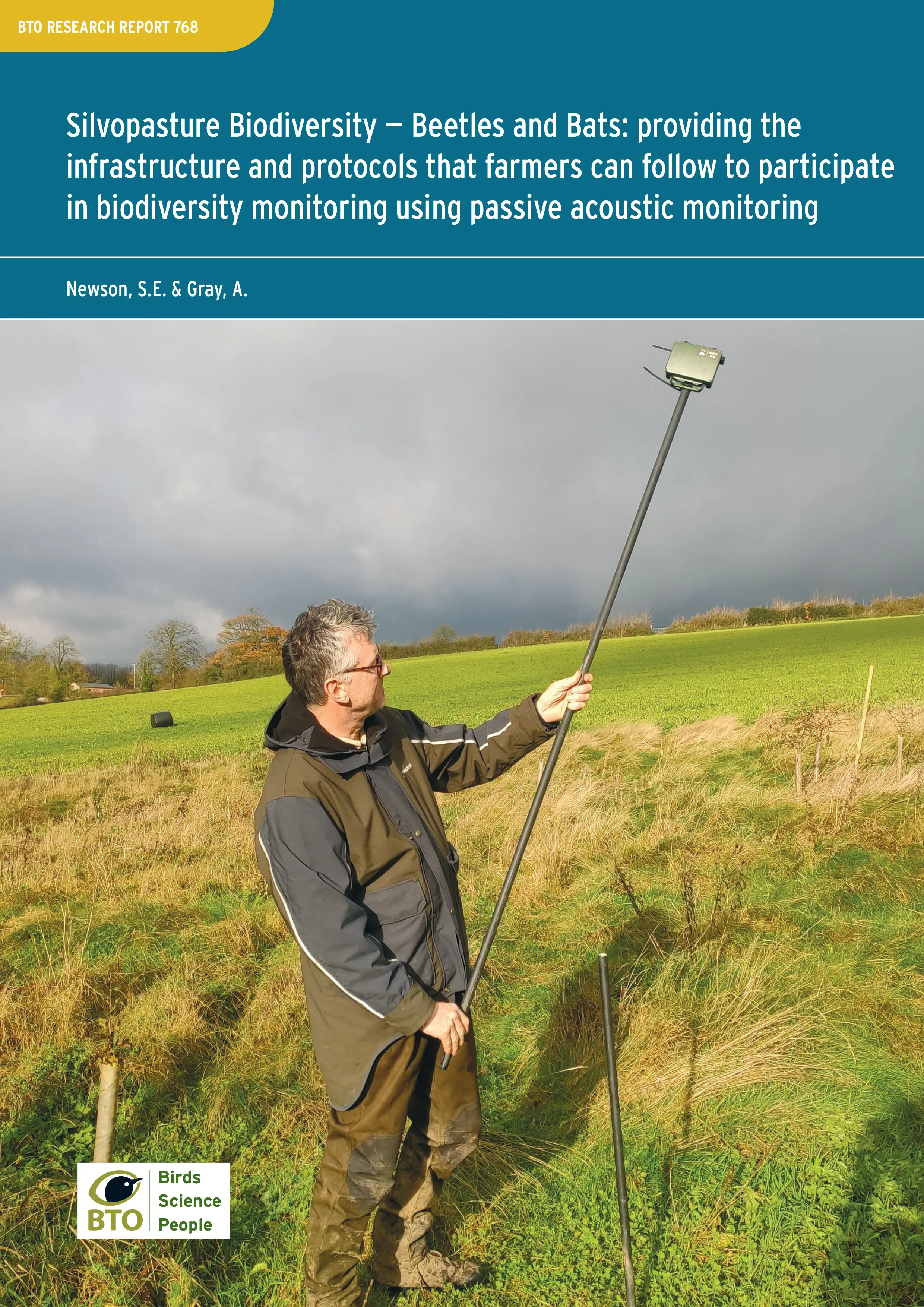BTO Research Reports are scientific papers that have been self-published by the BTO. The following is a full list of the published BTO research reports. Most are free to download, and links to Abstracts are included where possible.
Numbers missing from the list are those allocated but which were never produced or which have not been published. BTO recognises that, particularly in respect of commercially sensitive cases, a period of confidentiality is appropriate for some projects. However, in the interests of scientific development and dissemination of information, we encourage clients to permit publication as soon as it is reasonable to do so.
- If you wish to purchase a physical copy of a report please contact researchreports@bto.org.
- More information about our Annual Service reports to JNCC 1992-2005.
Assessment of recent Hen Harrier population trends in England through population modelling
This study uses a population modelling approach to explore the effects of changes in rates of productivity, survival, and settlement on population growth in the English population of Hen Harriers.
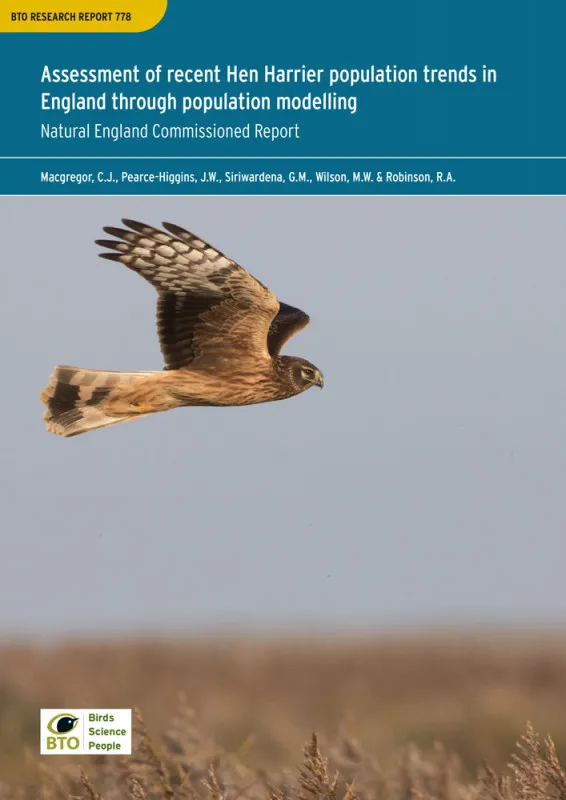
Search
Diversity in Irish and British avifauna assemblages: What can variation in diversity profiles reveal about the forces that drive assemblage composition and structure?
Author: Groh, C., Siriwardena, G.M. & McMahon, B.J.
Published: 2024
13.08.24
Papers
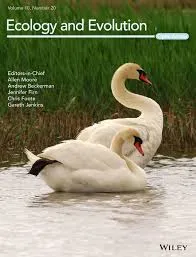
Treating gaps and biases in biodiversity data as a missing data problem
Author: Bowler, D.E., Boyd, R.J., Callaghan, C.T., Robinson, R.A., Isaac, N.J.B. & Pocock, M.J.O.
Published: 2024
The value of data collected by volunteers is inestimable and they have been used in myriad ways to address many pressing conservation problems. One big benefit is that much more data can be collected than could ever be managed if only paid staff were relied upon. This means that the data gathered can cover much larger areas and be more representative of the country as a whole.
08.08.24
Papers
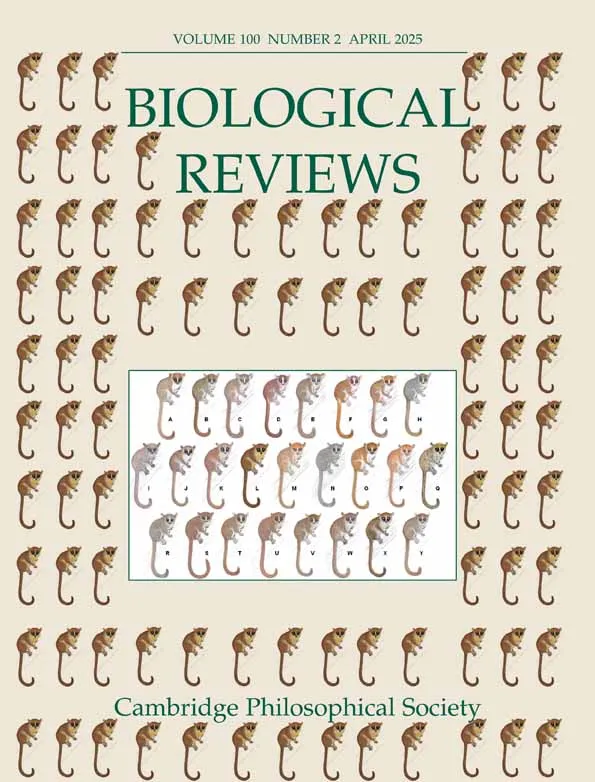
Supplementary bird feeding as an overlooked contribution to local phosphorus cycles.
Author: Abraham, A., Doughty, C., Plummer, K. & Duvall, E.
Published: 2024
Putting out food for wild birds at garden feeding stations is a common practice, and one of a number of different forms of providing supplementary food to free-living birds. Another is the provision of grain and growers pellets by game managers to support Pheasants and other gamebirds post release. The act of putting out supplementary food may have wider effects on our ecosystems because of the nutrients present in the food, as this piece of research reveals.
07.08.24
Papers
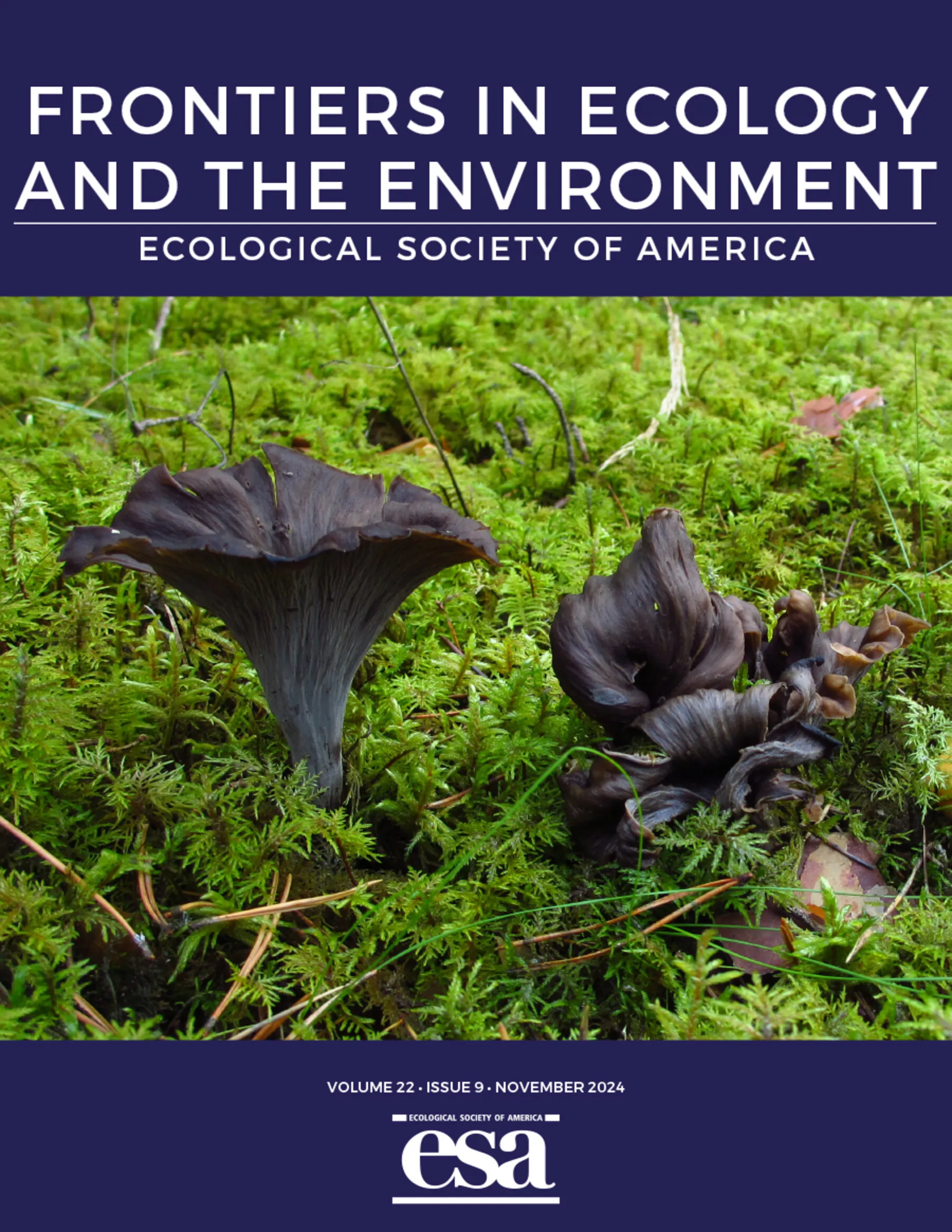
How effective has the management of Cockle and Mussel fisheries on The Wash estuary been in ensuring that there is sufficient food for birds?
Author: Kirkland, M., Atkinson, P.W., Clark J.A. & Robinson, R.A.
Published: 2024
The Wash is England’s largest Special Protection Area, with Oystercatchers being a designated feature. During the winter, Oystercatchers rely heavily on Cockles and Blue Mussels for their food requirements, creating the potential for conflict with the human fisheries for these species.
10.07.24
Reports Research reports
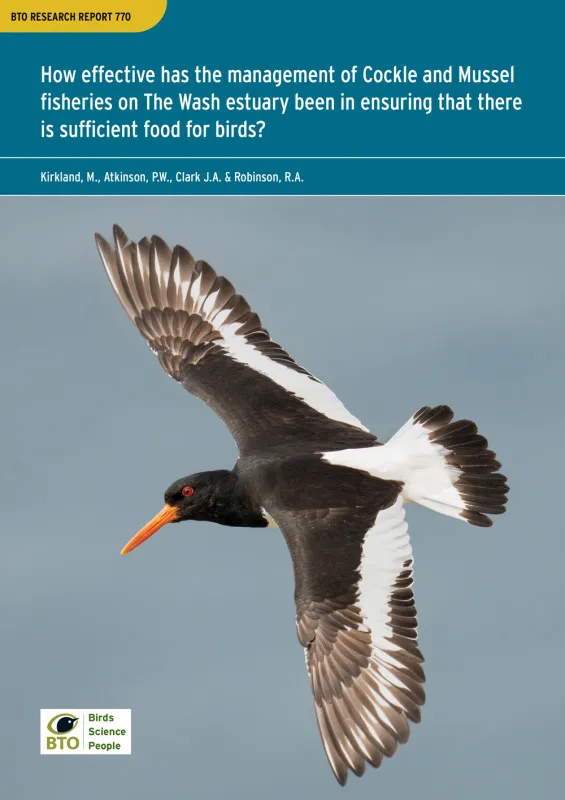
Silvopasture Biodiversity – Beetles and Bats: providing the infrastructure and protocols that farmers can follow to participate in biodiversity monitoring using passive acoustic monitoring
Author: Newson, S.E. & Gray, A.
Published: 2024
Working with the Devon silvopasture network, a survey and sampling protocol was devised that allowed farmers to deploy static acoustic bat detectors over a seven month survey season to provide baseline data for bats. This report provides an overview of the survey coverage and main results from 2023, to highlight what can be delivered now using passive acoustic monitoring, whilst providing the next steps and a vision for the future.
01.06.24
Reports Research reports
